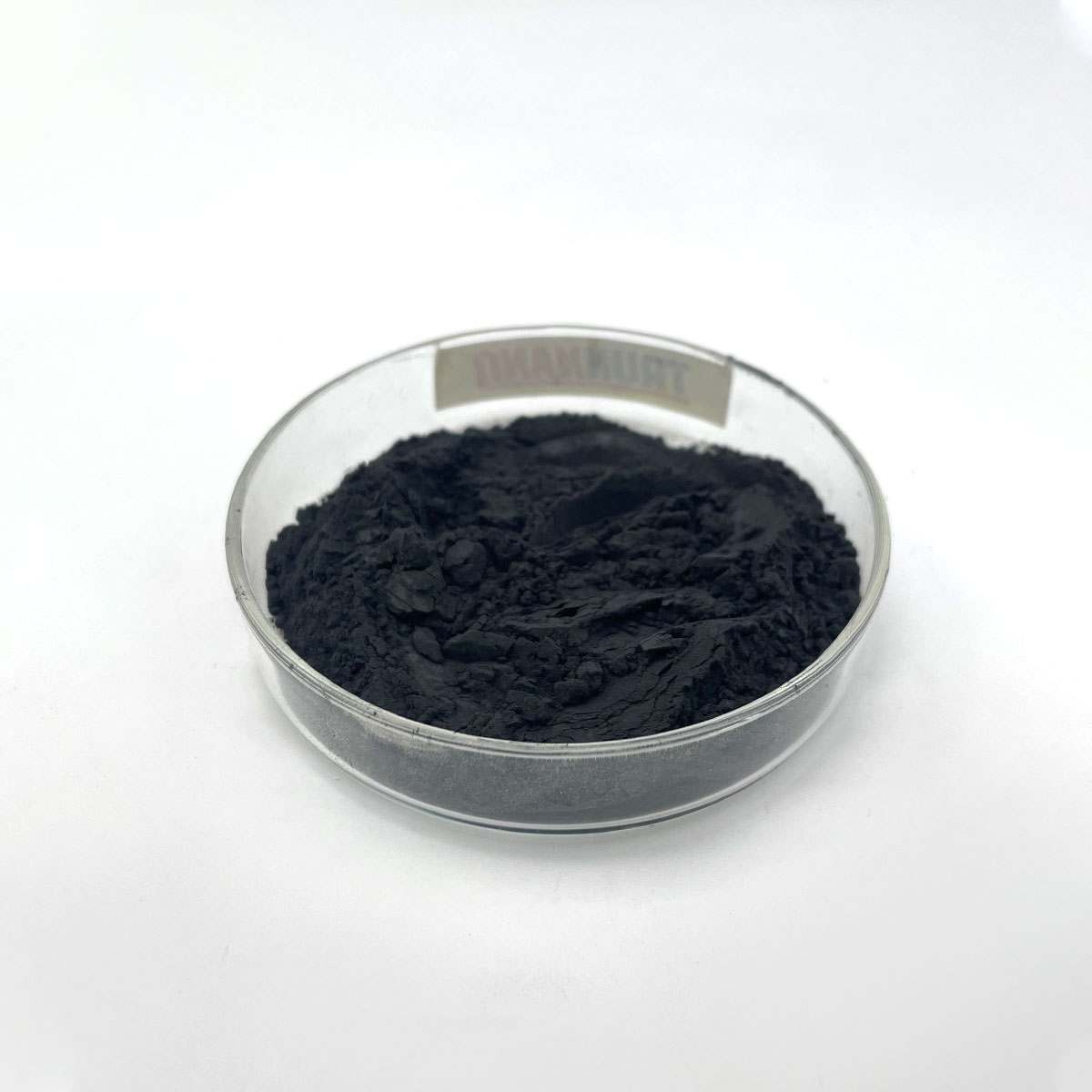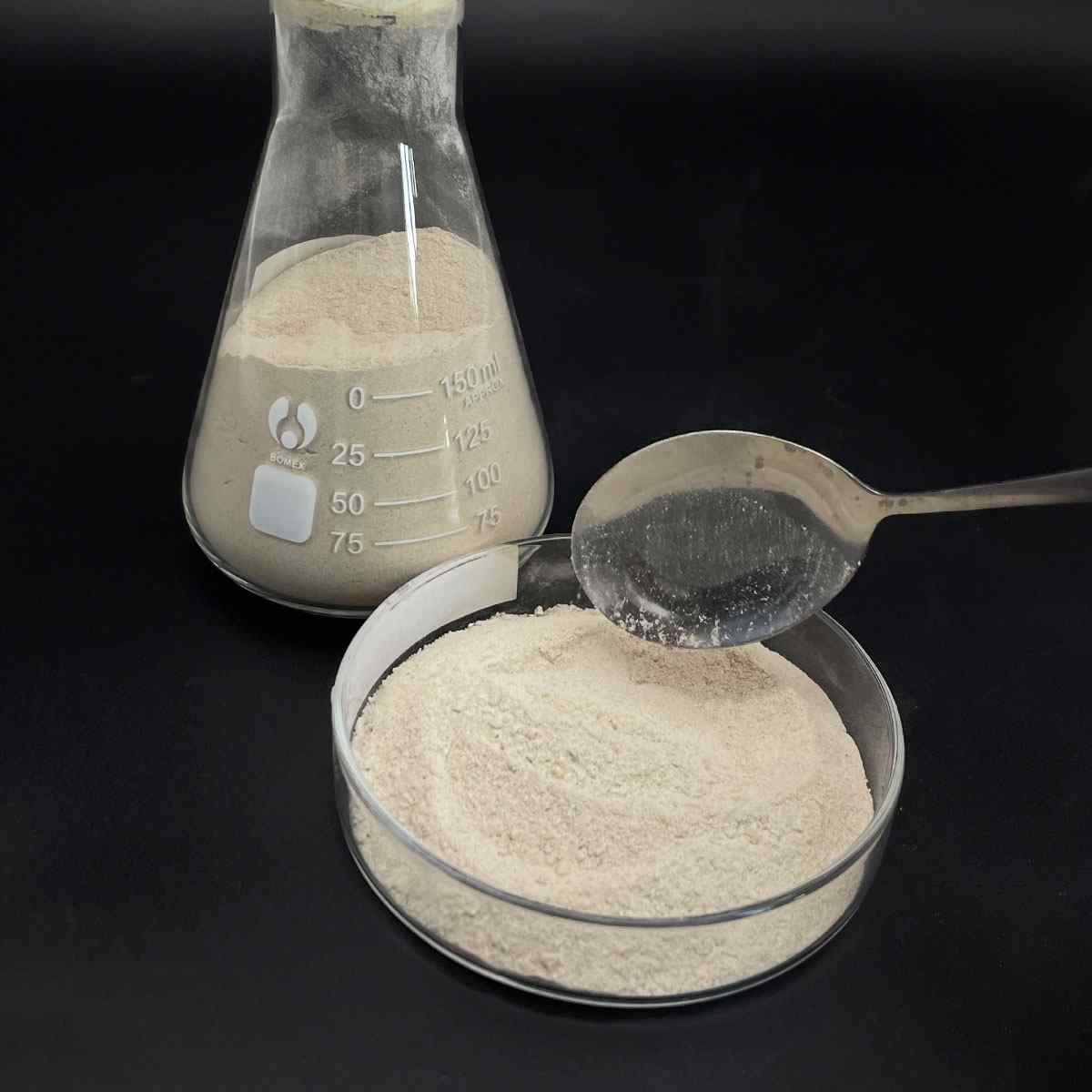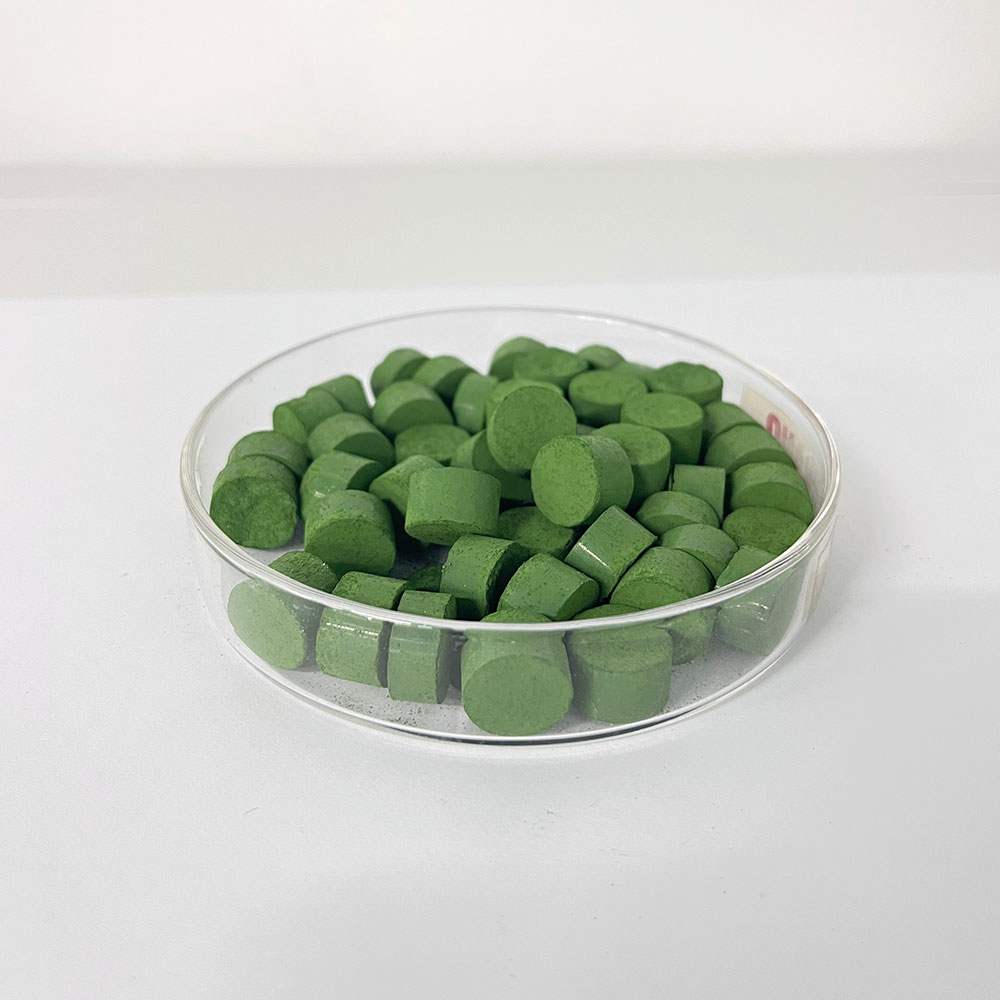Overview of High purity 4N 5N 6N cas 1327-50-0 Sb2Te3 Powder Antimony Telluride
Telluride and selenide compounds play a significant role in the field of semiconductors, particularly in the development of advanced electronic and optoelectronic devices. These materials belong to the chalcogenide family, characterized by their ability to form compounds with elements from groups IV-VI in the periodic table.
Tellurides: Compounds containing tellurium (Te) as the chalcogen. Examples include cadmium telluride (CdTe), mercury telluride (HgTe), and zinc telluride (ZnTe). These materials have found applications in solar cells, infrared detectors, and high-speed electronics due to their tunable bandgap, high electron mobility, and good thermal stability.
Selenides: Similar to tellurides, but with selenium (Se) replacing tellurium. Notable examples are cadmium selenide (CdSe), gallium selenide (GaSe), and zinc selenide (ZnSe). Selenide compounds are widely used in light-emitting diodes (LEDs), laser diodes, and solar cells due to their direct bandgap properties and efficient light absorption/emission capabilities.
Feature of High purity 4N 5N 6N cas 1327-50-0 Sb2Te3 Powder Antimony Telluride
Direct Bandgap: Many telluride and selenide semiconductors have direct bandgaps, which facilitate efficient light emission and absorption processes. This makes them suitable for optoelectronic applications such as LEDs and lasers.
Tunable Bandgap: The bandgap of these materials can be adjusted by alloying or altering the composition (e.g., CdSe to CdTe), enabling customization for specific device requirements across a wide spectrum of wavelengths.
High Electron Mobility: Materials like HgCdTe exhibit high electron mobility, which is crucial for high-speed electronic devices and low-noise detector applications.
Thermal Stability: Some tellurides and selenides, like ZnTe and ZnSe, demonstrate good thermal stability, making them suitable for high-temperature operation and processing.
Non-Toxic Alternatives: With increasing environmental concerns, there’s a push towards exploring less toxic alternatives to commonly used semiconductors. For instance, Cd-based tellurides and selenides are being replaced or combined with less toxic elements like Mg or Mn in some applications.

(High purity 4N 5N 6N cas 1327-50-0 Sb2Te3 Powder Antimony Telluride)
Parameters of High purity 4N 5N 6N cas 1327-50-0 Sb2Te3 Powder Antimony Telluride
Antimony Telluride (Sb2Te3), a fascinating compound with the chemical formula CAS number 1327-50-0, is an essential material in various industries, particularly due to its unique properties. This high-purity form, available in grades such as 4N, 5N, and 6N, signifies the degree of purity, where ‘N’ stands for ‘normality,’ with higher numbers indicating a purer product.
4N, 5N, and 6N grading systems are commonly used to denote the atomic percentage of impurities in the material. A 4N grade typically contains about 99.99% pure Antimony Telluride, while 5N and 6N grades boast even higher levels of purity, reaching approximately 99.999% and 99.9999% respectively. This purity is crucial for applications that require exceptional performance, stability, and reliability, such as optoelectronics, thin-film solar cells, and thermoelectric devices.
Sb2Te3 is a semiconductor with a layered structure, which gives it extraordinary thermal conductivity and a Seebeck coefficient, making it an ideal material for thermoelectric generators. Its electrical conductivity can be manipulated by temperature changes, allowing for efficient conversion of waste heat into electricity. The high purity of 4N, 5N, and 6N grades ensures minimal interference from impurities, thus enhancing the efficiency of these devices.
In the field of optoelectronics, Sb2Te3 is employed in infrared detectors and photovoltaic cells due to its ability to absorb and emit light effectively. The purity levels play a vital role in optimizing light absorption and reducing noise in these applications. As the purity increases, the device’s sensitivity and response time improve, contributing to better overall performance.
Moreover, Antimony Telluride finds applications in spintronics, where its magnetic properties combined with its high purity make it suitable for developing advanced data storage and information processing technologies. The higher the purity, the lower the likelihood of magnetic disturbances, which is critical for maintaining data integrity.
In the realm of electronics, it is also used in microelectronics packaging and as a protective coating to shield electronic components from environmental factors like moisture and radiation. The purity of Sb2Te3 ensures that these coatings provide optimal protection without compromising device functionality.
Lastly, Sb2Te3 is a promising material in the field of quantum computing, where it exhibits topological insulator properties, which are essential for creating robust quantum bits or qubits. High purity grades facilitate the development of more stable and error-resistant qubits, driving the progress of this emerging technology.
In conclusion, Antimony Telluride with CAS number 1327-50-0, in its 4N, 5N, and 6N forms, represents a premium material with exceptional purity that significantly impacts various technological advancements. From thermoelectric devices to quantum computing, the high purity levels ensure optimal performance, efficiency, and reliability across diverse applications. As research and development continue to push the boundaries of innovation, the importance of high-purity Sb2Te3 will only grow.

(High purity 4N 5N 6N cas 1327-50-0 Sb2Te3 Powder Antimony Telluride)
FAQ of Semiconductor Materials
Inquiry us






